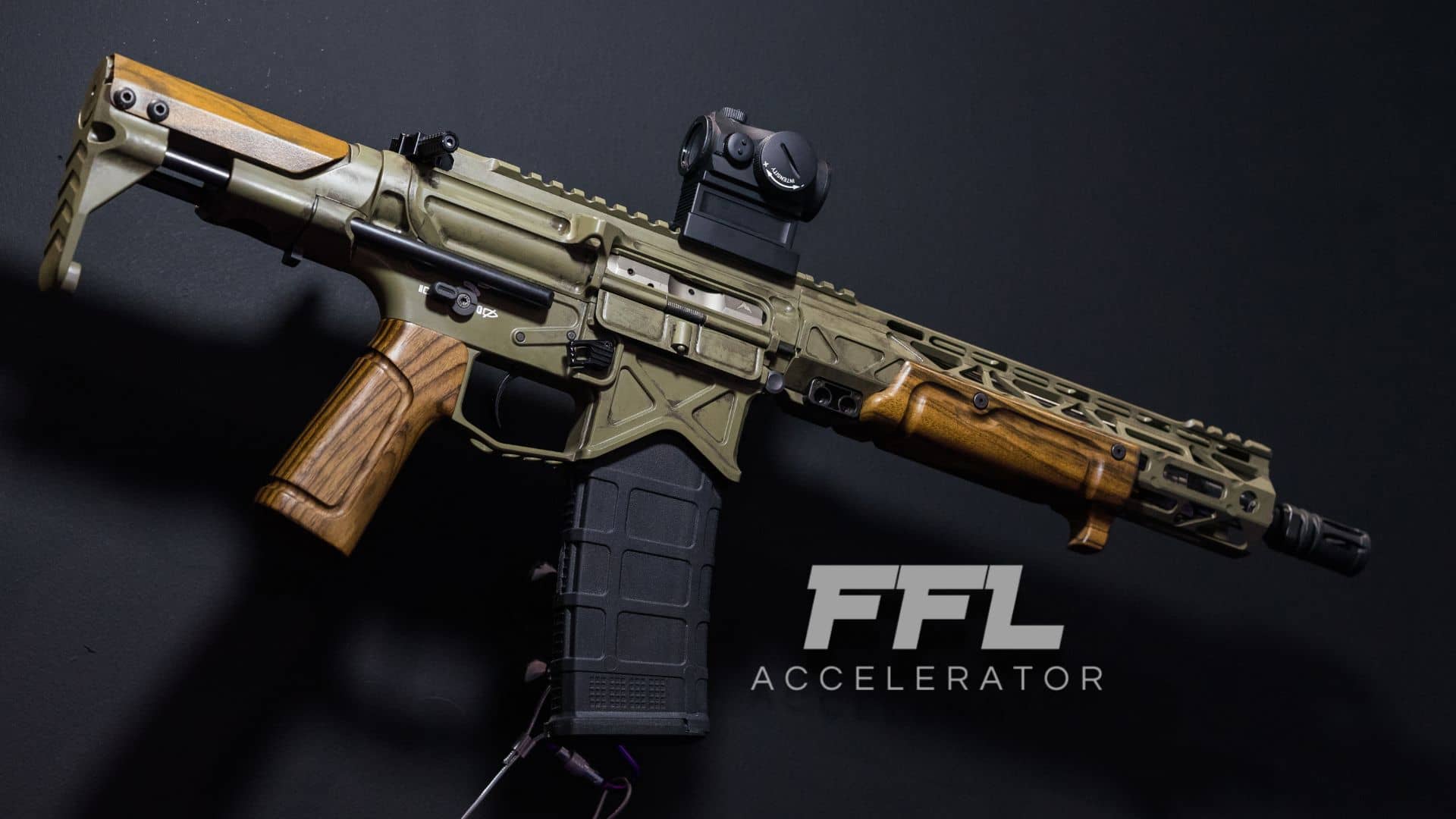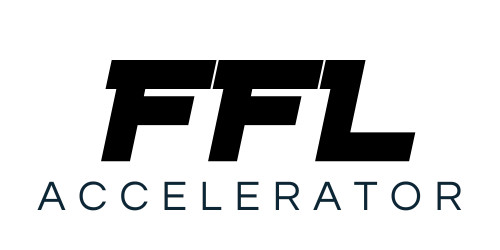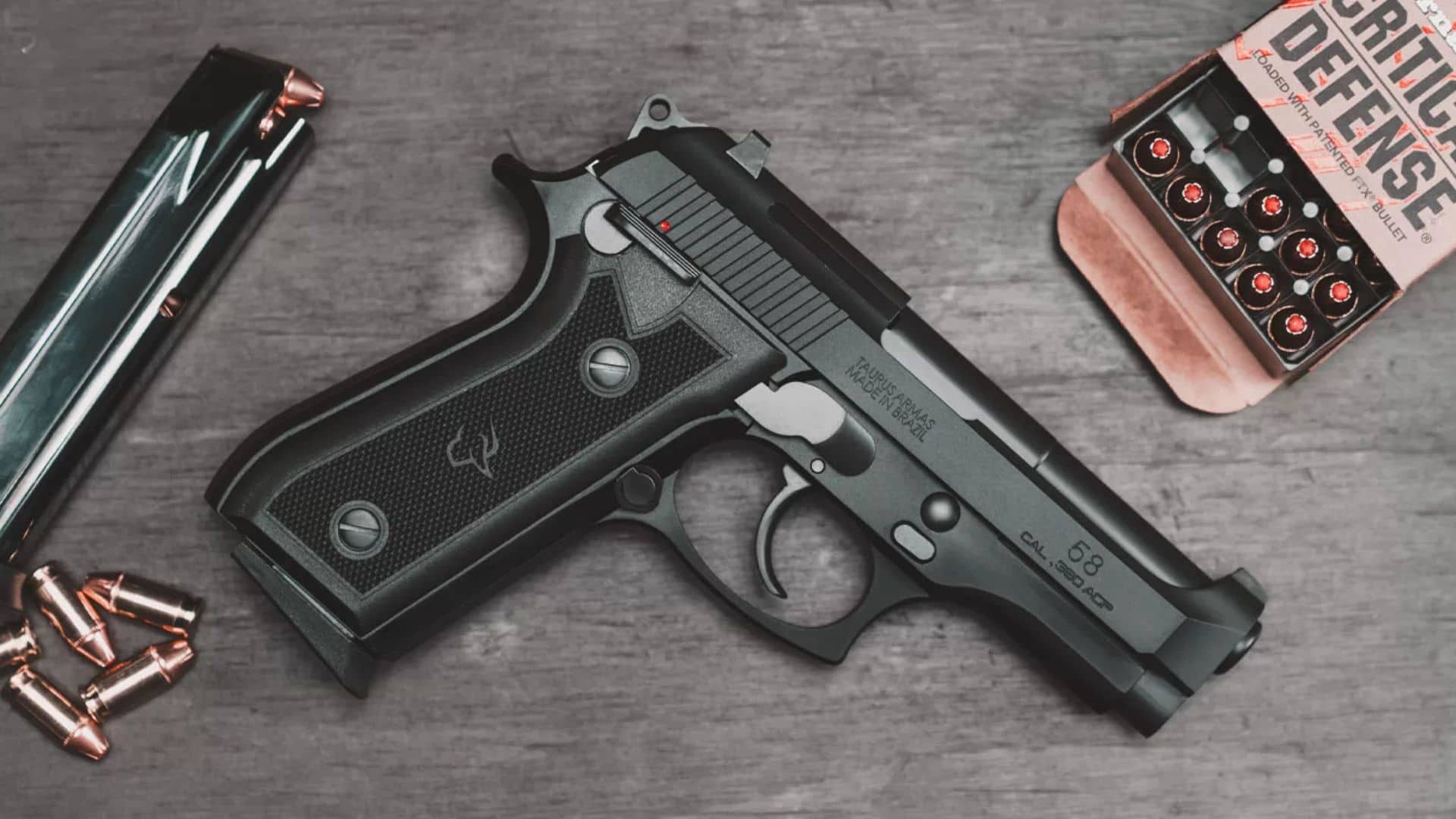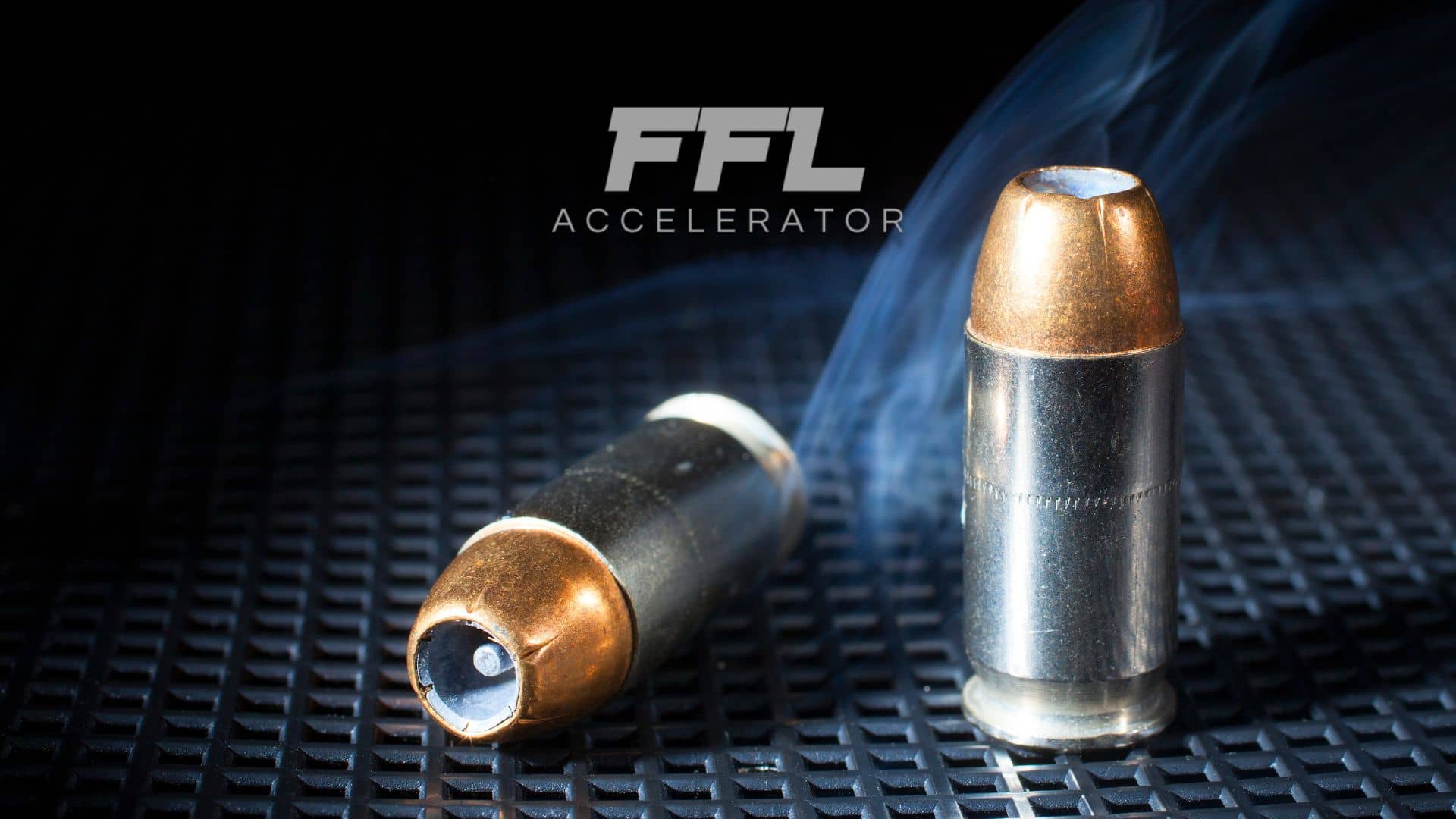
The second quarter of 2025 has marked a pivotal stabilization period for the U.S. firearms and accessory market, with total gun purchases reaching approximately 4.2 million units—a modest 3% increase compared to Q2 2024. This uptick reflects a post-election normalization effect, strategic Trump administration deregulation, and evolving consumer preferences toward specialized tactical products. For Federal Firearms Licensees (FFLs), Q2 2025 represents a shift from panic-driven purchasing to value-conscious, purpose-driven acquisitions, with distinct winners and losers across product categories.
Market Overview: Stabilization and Strategic Growth
Cautious Optimism Amid Regulatory Relief
U.S. firearm sales in Q2 2025 totaled roughly 4.2 million units, representing the first quarterly increase since late 2023. This 3% year-over-year growth from Q2 2024 signals market stabilization rather than a return to pandemic-era demand levels. The Trump administration’s pro-Second Amendment executive order and subsequent ATF reforms have created a confidence-driven buying environment, with consumers prioritizing quality over quantity.
Suppressor sales continued their explosive trajectory, with Q2 2025 marking an 85% increase over the prior year, driven by streamlined ATF processing times averaging just 9 days for individuals and 10 days for trusts. The average price per firearm held steady at $695–$735, reflecting consumer focus on mid-tier reliability over premium tactical configurations.
Legislative and Regulatory Catalysts
The Trump administration’s comprehensive firearms deregulation initiative has fundamentally reshaped market dynamics. The ATF’s elimination of the Enhanced Regulatory Enforcement Policy (EREP) and the introduction of the Administrative Action Policy has encouraged formerly licensed dealers to reapply, expanding the FFL network by an estimated 12% in Q2 2025.
The House passage of H.R. 38 (Constitutional Concealed Carry Reciprocity Act) through the Judiciary Committee on an 18-9 vote has generated sustained interest in concealed carry pistols, with retailers reporting increased demand for compatibility accessories and training materials. The “One Big Beautiful Bill” eliminating the $200 NFA tax stamp on suppressors (effective January 1, 2026) has created an interesting market dynamic—suppressor manufacturers are offering “free tax stamp” promotions to bridge the gap until deregulation takes effect.
Fastest-Growing Product Categories in Q2 2025
1. Concealed Carry Pistols and Accessories
The SIG Sauer P365 series maintained its dominance as America’s best-selling handgun, with Q2 2025 sales rising 12% year-over-year. The Glock 43X emerged as the breakout star of Q2, with industry distributors reporting that 43X aftermarket parts constitute their highest-selling accessory category. The perfect balance of concealability and shootability, enhanced by Shield Arms’ 15-round magazine compatibility, has driven unprecedented aftermarket innovation.
2. Smart Accessories and Tech Integration
SHOT Show 2025 product launches reached market saturation in Q2, with the ClayCopter automated clay launcher and Holosun’s DRS-TH fusion thermal optic leading smart accessory sales. The Garmin Xero C1 Pro radar chronograph became the year’s most sought-after precision tool, with 6-week delivery times reflecting overwhelming demand. These tech-driven accessories represent a 45% segment growth over Q2 2024.
3. Suppressors and NFA Items
Q2 2025 witnessed record-breaking suppressor sales, with inventory levels down 23.5% despite 85% sales growth. The combination of ATF processing reforms (average 9-day approval times) and anticipated January 2026 tax elimination has created a buying frenzy. Silencer Central’s “free tax stamp” promotion, extended through December 2025, has driven substantial market consolidation among manufacturers with sufficient margins to absorb the $200 per unit cost.
Categories Experiencing Decline
1. AR-15 Platform Rifles
AR-15 sales dropped 28% in Q2 2025, extending the decline from Q1’s 22% decrease. With over 16 million AR-style rifles in circulation post-2020, market saturation has reached critical mass. The Trump administration’s regulatory relief paradoxically reduced urgency purchasing, while younger buyers increasingly prefer pistol-caliber carbines and .22 LR platforms for training and recreation.
2. Traditional Pump Shotguns
Pump shotgun sales declined 24% year-over-year as consumers shifted toward semi-automatic alternatives with reduced recoil and faster follow-up capabilities. The Mossberg 500 and Remington 870, once home-defense staples, have lost ground to modern semi-automatic platforms offering superior ergonomics and modularity.
3. Bulk Ammunition Purchases
Economic pressures continued to suppress discretionary spending on bulk ammunition, with 1,000-round case sales falling 18% compared to Q2 2024. The Ammo Price Index remained stable at 38.00, but consumer behavior shifted toward smaller 50-100 round purchases, prioritizing immediate needs over stockpiling.
Pricing and Market Dynamics
Average Firearm Price: $695–$735
Mid-priced handguns ($500–$850) accounted for 68% of Q2 2025 transactions, while premium rifles ($1,500+) represented just 7% of sales. This reflects continued focus on practical utility over collectibility, with consumers prioritizing proven reliability over cutting-edge features.
Top-Performing Accessories
-
Modular Carry Solutions: Appendix Inside-the-Waistband (AIWB) holsters with adjustable cant and breathable materials dominated Q2 sales, reflecting the concealed carry surge.
-
Optical Enhancements: Red dot sights compatible with popular carry pistols (P365, Glock 43X) saw 35% growth, with the Holosun DRS-TH fusion sight leading premium sales.
-
Training and Simulation: Laser-emitting training cartridges and recoil-reducing devices experienced 40% growth as consumers invested in skill development over additional firearms.
Strategic Recommendations for FFLs
-
Emphasize Concealed Carry Ecosystem
Stock complete carry systems rather than individual components. Bundle P365 and Glock 43X pistols with quality holsters, night sights, and training ammunition. Offer concealed carry permit classes and proficiency training to create recurring revenue streams. -
Leverage Smart Accessory Demand
Dedicate premium display space to tech-driven products like the ClayCopter, Garmin chronographs, and thermal optics. Host demonstration events and “try before you buy” programs to familiarize customers with high-margin innovations. -
Capitalize on Suppressor Boom
Partner with manufacturers offering “free tax stamp” promotions through December 2025. Create suppressor-ready firearm packages and emphasize hearing protection benefits for family shooting activities. -
Transition AR Inventory Strategically
Discount slow-moving AR-15s by 15-20% while emphasizing their utility for precision shooting and home defense. Bundle with quality optics and training courses to add value. Focus new inventory on pistol-caliber carbines and .22 LR platforms attracting younger buyers. -
Develop Online Presence
With online firearms sales growing 10% year-over-year in the first half of 2025, establish or enhance e-commerce capabilities. Partner with platforms like Guns.com to reach nationwide customers while maintaining local transfer relationships.
Conclusion: Navigating the New Market Reality
Q2 2025 represents a maturation phase for the U.S. firearms market, transitioning from crisis-driven demand to sustainable, purpose-oriented purchasing. The Trump administration’s deregulation efforts have created a confidence-driven environment favoring innovation and quality over quantity. For FFLs, success in this evolved market depends on understanding consumer priorities: concealed carry systems, smart accessories, and practical training tools.
The suppressor deregulation timeline and concealed carry reciprocity legislation create unique opportunities for forward-thinking retailers. Those who emphasize education, complete solutions, and customer experience will thrive in this normalized market environment. While the days of panic-driven inventory shortages have passed, the foundation for sustained growth through product diversity and customer engagement has never been stronger.
The firearms industry has achieved remarkable stability—generating $91.7 billion in economic impact and supporting nearly 383,000 jobs—while adapting to evolving consumer preferences and regulatory landscapes. Q2 2025 proves that sustainable success comes not from crisis management, but from understanding and serving the genuine needs of America’s 52.7 million shooting sports participants.
continue reading


